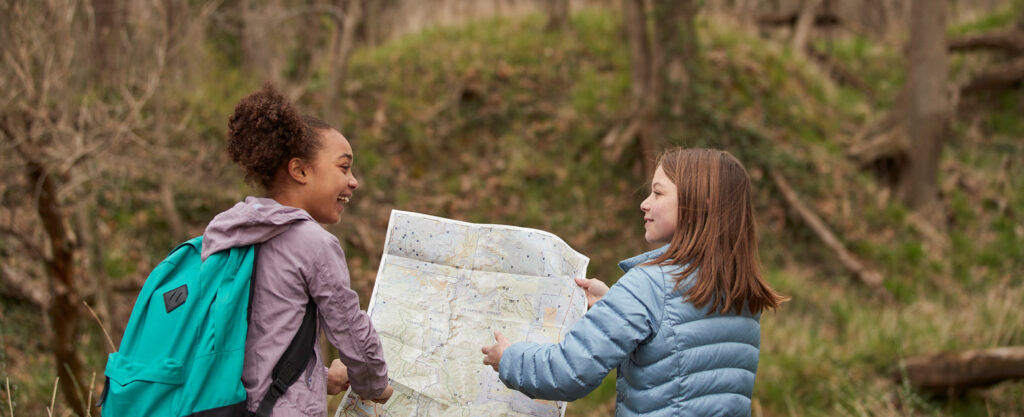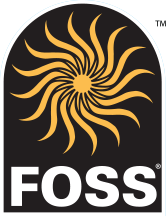Taking FOSS Outdoors

The Taking FOSS Outdoors chapter (K-5 and 6-8 ) gives you general guidance for taking your students outdoors, including choosing a study site; managing time, space, students, and materials; and general teaching strategies.
Visualize students exiting the classroom, their direction and purpose undeterred by the joyful sounds of other students at recess. With focused enthusiasm, the band of young scientists moves toward the edge of the schoolyard. After a brief orientation, students disperse and begin searching the tall grass along the chain-link fence. All are independently recording in their science notebooks, and all are on task.
This scenario could be anywhere in the country, with a regular classroom teacher using any of the FOSS modules. Taking FOSS outdoors is a natural extension of the classroom work. FOSS outdoors looks and feels a lot like standard FOSS activities and many of the routines from indoors can be implemented outdoors as well. For teachers new to outdoor learning, success can depend on a few specific tricks and preparation to maximize outdoor teaching efficiency.
The FOSS Outdoor Experiences in FOSS Next Generation provides a summary of all outdoor opportunities in K-8.
The Science in the Schoolyard™ video below, from the Boston Schoolyard Initiative, shows teachers and students taking science outdoors. It demonstrates both practical tips for taking your class outdoors and strategies for managing time outside. See the chapter index on the top right of the video for a list of the parts of the video, including what FOSS modules are used as examples.
The Research: Outdoor learning improves mental health and academic performance.
Increased time outdoors can improve student health and wellbeing, which translates to improved attention, engagement, and behavior back indoors.
In addition, more time outdoors during the school day has also been correlated with improved teacher job satisfaction. Inclusive opportunities for students to learn outdoors results in increased enthusiasm, self-motivation, and academic performance. Outdoor learning can also address gender achievement gaps.

